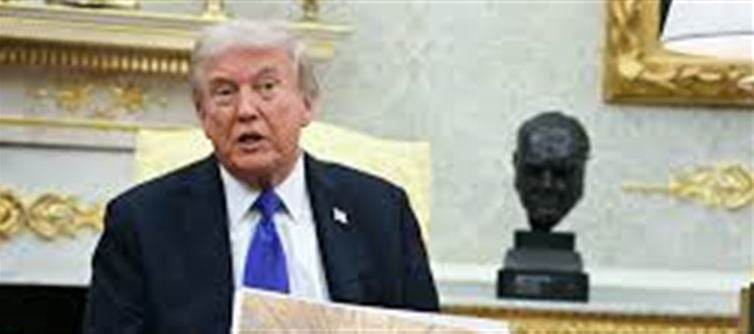
The trump administration has made headlines again, but this time for a $300 million ballroom being constructed at the White House. With the full list of corporate and individual contributors now released, the project has sparked curiosity—and controversy—about who is financing it and why.
1. The Controversial $300 Million Ballroom
· Project Overview: The new ballroom at the white house is estimated to cost $300 million, a staggering sum for a government project.
· Purpose: While designed for official events and state functions, critics argue that the scale is excessive for traditional white house gatherings.
· Public Reaction: social media and political commentators have questioned the use of private donations for a government facility.
2. Major corporate Contributors
Several tech giants and Fortune 500 companies have reportedly contributed to the project:
· Apple, Amazon, Microsoft: These companies are among the biggest names on the donor list.
· Other Corporations: Financial firms, real estate companies, and energy corporations also appear, though their exact contributions vary.
The involvement of tech and corporate leaders has raised discussions about influence and the role of private funding in public projects.
3. Wealthy Individuals and Foundations
Apart from corporations, high-net-worth individuals and philanthropic foundations have made sizable donations:
· Private Donors: business magnates, former executives, and political supporters.
· Foundations: Charitable foundations linked to business families are contributing to the project.
Experts note that donor transparency and accountability will be critical, given the sheer scale of the investment.
4. Controversy and Criticism
The project has attracted criticism for multiple reasons:
· Cost Concerns: $300 million is seen by many as an extravagant use of funds for a single room.
· Corporate Influence: Questions about potential influence on policy decisions from major corporate donors.
· Public Perception: Critics argue that taxpayer interests and public trust could be affected, even though funds are privately sourced.
Supporters, however, argue that private donations reduce the financial burden on taxpayers and allow for state-of-the-art facilities.
5. Takeaway
The white house ballroom project highlights the intersection of politics, corporate funding, and public scrutiny. With contributions from tech giants like Apple, Amazon, and Microsoft, alongside wealthy individuals and foundations, the $300 million endeavor is under the global spotlight—not just for its size, but for the broader questions it raises about money, influence, and governance in high-profile government projects.
Disclaimer:
The views and opinions expressed in this article are those of the author and do not necessarily reflect the official policy or position of any agency, organization, employer, or company. All information provided is for general informational purposes only. While every effort has been made to ensure accuracy, we make no representations or warranties of any kind, express or implied, about the completeness, reliability, or suitability of the information contained herein. Readers are advised to verify facts and seek professional advice where necessary. Any reliance placed on such information is strictly at the reader’s own risk.




 click and follow Indiaherald WhatsApp channel
click and follow Indiaherald WhatsApp channel